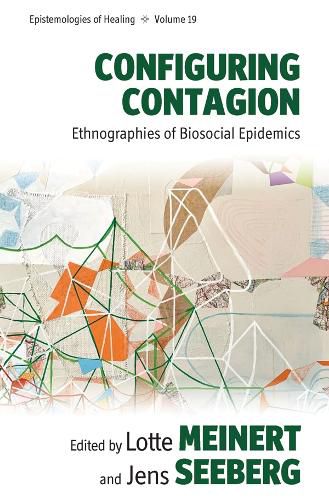Readings Newsletter
Become a Readings Member to make your shopping experience even easier.
Sign in or sign up for free!
You’re not far away from qualifying for FREE standard shipping within Australia
You’ve qualified for FREE standard shipping within Australia
The cart is loading…






Expanding our understanding of contagion beyond the typical notions of infection and pandemics, this book widens the field to include the concept of biosocial epidemics. The chapters propose varied and detailed answers to questions about epidemics and their contagious potential for specific infections and non-infectious conditions. Together they explore how inseparable social and biological processes configure co-existing influences, which create epidemics, and in doing so stress the role of social inequality in these processes. The authors compellingly show that epidemics do not spread evenly in populations or through simple coincidental biological contagion: they are biosocially structured and selective, and happen under specific economic, political and environmental conditions. This volume illustrates that an understanding of biosocial factors is vital for ensuring effective strategies for the containment of epidemics.
$9.00 standard shipping within Australia
FREE standard shipping within Australia for orders over $100.00
Express & International shipping calculated at checkout
Expanding our understanding of contagion beyond the typical notions of infection and pandemics, this book widens the field to include the concept of biosocial epidemics. The chapters propose varied and detailed answers to questions about epidemics and their contagious potential for specific infections and non-infectious conditions. Together they explore how inseparable social and biological processes configure co-existing influences, which create epidemics, and in doing so stress the role of social inequality in these processes. The authors compellingly show that epidemics do not spread evenly in populations or through simple coincidental biological contagion: they are biosocially structured and selective, and happen under specific economic, political and environmental conditions. This volume illustrates that an understanding of biosocial factors is vital for ensuring effective strategies for the containment of epidemics.